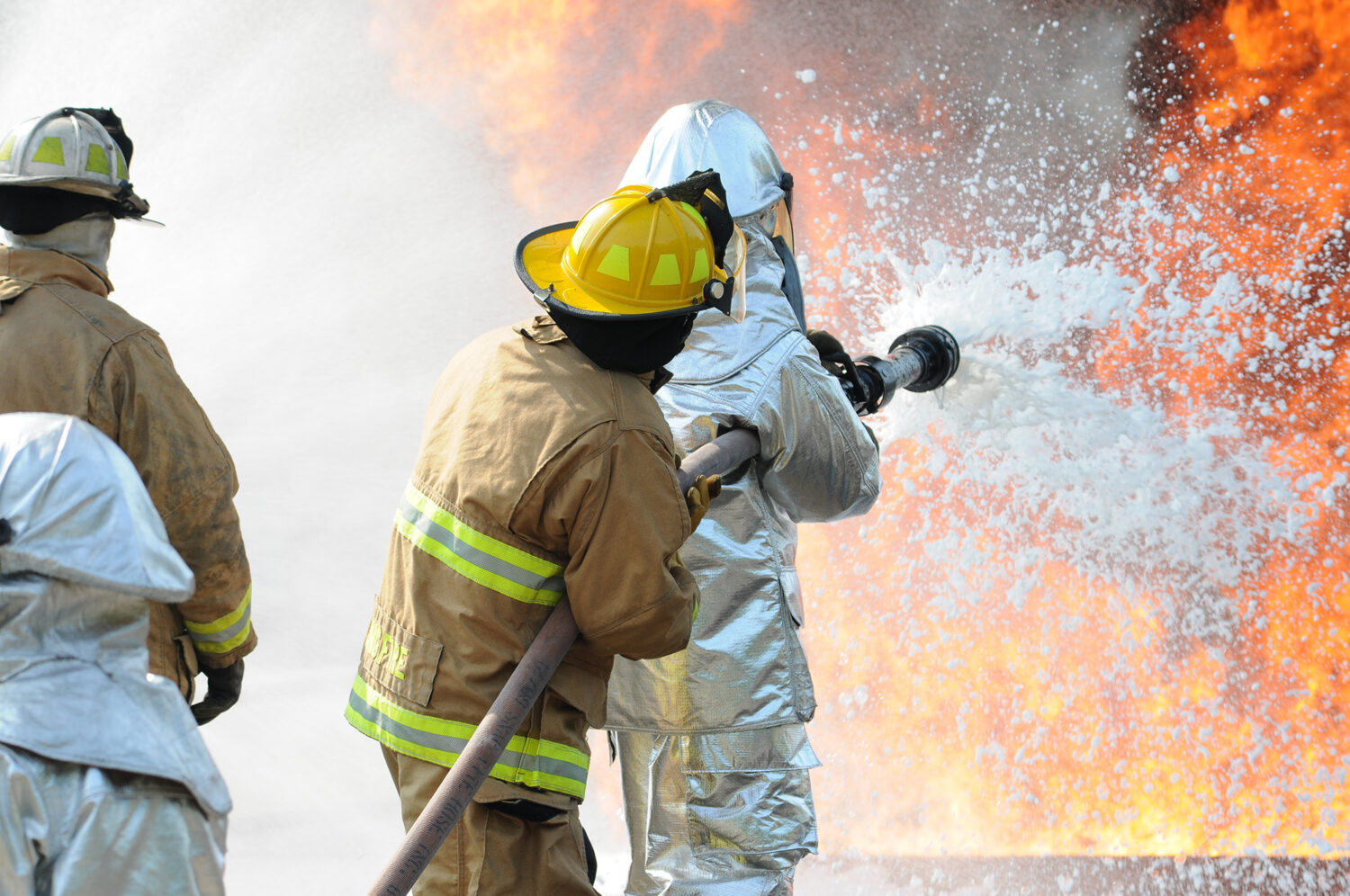
Written by Chloe Fross, Legal Intern from Lewis & Clark Law School
At issue: On July 9, 2020, the California State Water Board issued an investigative order to sample for the toxic, persistent forever polyfluoroalkyl substances (PFAS) chemicals at more than 250 wastewater facilities. PFAS are a group of chemicals manufactured to produce heat, oil, stain, grease and water-resistant coatings. Once in the environment the chemicals do not breakdown but instead move through soils, can contaminate drinking water sources, and bioaccumulate in fish and wildlife. The Environmental Protection Agency (EPA) has established a lifetime health advisory for perfluorooctanoic acid (PFOA) and perfluorooctane sulfonic acid (PFOS)—two chemicals within the PFAS class—at 70 parts per trillion (ppt). According to a senior scientist at the Environmental Working Group, 70 ppt is the equivalent to approximately three and a half drops of water in an Olympic-sized swimming pool.
People can be exposed to these persistent chemicals by drinking contaminated water, through consuming food packaged in materials containing PFAS, using commercial household products containing PFAs, consuming contaminated fish, dust, or workplace exposures. The risks of exposure include an increase in cholesterol levels, changes in liver enzymes, small decreases in infant birth weights, decreased vaccine response in children, increased risk of high blood pressure or pre-eclampsia in pregnant women, or increased risk of kidney or testicular cancer.
More needs to be done: One of the largest sources of PFAS water contamination in California is from firefighting foams. California bill SB 1044, currently being considered by the state legislature, would prohibit the manufacture and sale of firefighting foams that contain the toxic, forever chemicals starting January 1, 2022. In a state who suffered 3K fire incidents in a 5-year average, a PFAS free firefighting agent is critical for safe drinking water. Similar legislation has already been enacted across the country: Congress has decided to phase out PFAS in military firefighting foams and states including GA, VA, AZ, CO, MN, MI, WI, and KY have done the same. Massachusetts even has a Legacy Firefighting Foam take back program.
What you can do: Stay apprised of potential PFAS exposure risks in California. As a part of the State Water Board’s study, the Board is reporting PFAS analytical data in a GeoTracker PFAS Map. As of February 6, 2020, the State Water Board lowered the response levels for PFAS chemicals below EPA’s combined sum of 70 ppt to 10 ppt for PFOA and 80 ppt to 40 ppt for PFOS. These lower reporting levels are used as a precautionary health-based measure at which water systems consider either shutting off or treating the issue.
In addition to staying informed, there are many ways to avoid PFAS exposure at home. Avoid using products treated with nonstick chemicals such as Teflon, Scotchgard, Stainmaster, Polartec, or Gore-tex. Some common items typically containing these chemicals can include PTFE-based non-stick pans, dental floss, and microwaveable popcorn.
Finally, reach out to your state senator in support of SB 1044—a bill that advocates for the entire State’s drinking water system, as well as the safety of California’s first responders.

Associate Director Natalie Caulk provides operational leadership and manages the ongoing implementation of programs and partnerships of CCKA.



